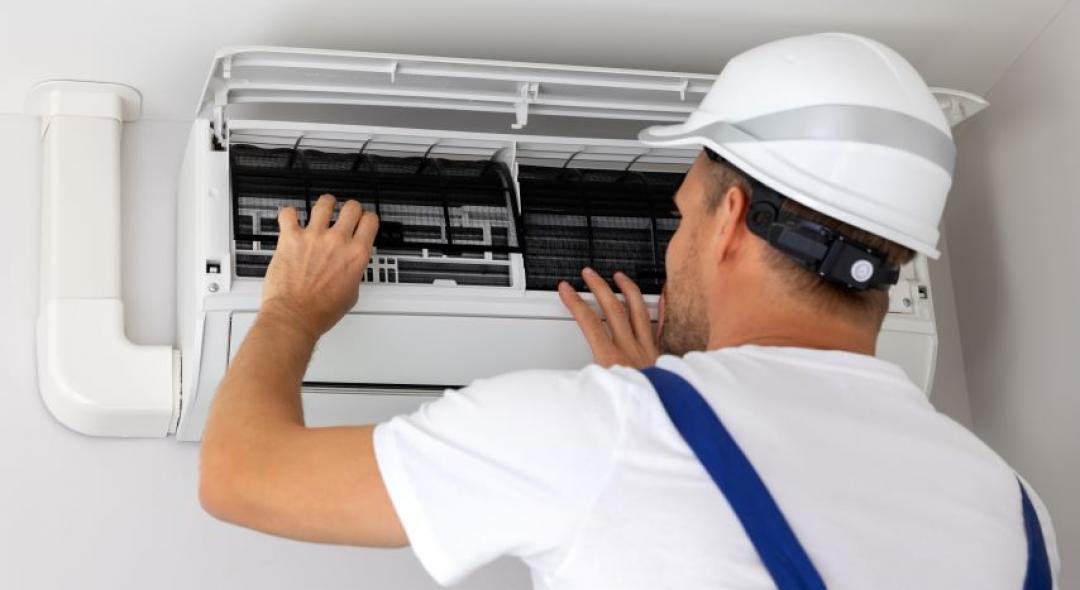A blower door test determines the air infiltration rate of a building, and it is now being required by many cities and building codes.
Many states and provinces are updating their codes to encourage builders to use materials and supplies that meet the newer energy and economical regulations. The goal is to lower overall use and costs associated with energy supply waste of the planet's natural resources.
A blower door test is now an important component used in home audits to make sure the house or building is energy efficient. Keep reading to learn more about this test and how it is performed!
“If you want to succeed you should strike out on new paths, rather than travel the worn paths of accepted success." – John D. Rockefeller
What Exactly Is a Blower Door Air Leak Test?

This test is basically an air leakage test used to find and fix any air leakage problems within a building. The test is fast becoming an important component of better and more eco-friendly new building codes that oversee home and commercial building construction-related processes.
These new codes are designed to reduce the human negative impact that wastes natural planet resources, like energy sources used to heat or cool a residential home or commercial business.
What Is the Proper Method to Perform a Blower Door Air Leak Test?

The process for properly doing one of these tests is something that the average homeowner can’t attempt on their own, since it requires specialized equipment.
There is a certification process that certain home improvement service professionals and other general construction contractors can undergo to learn exactly how to perform this valuable test. Homeowners should contact a local home improvement or building contractor that has this certification.
How the Test Is Done & How It Works to Cut Down on Energy Loss

The test should only be performed by a certified professional. It uses industrial strength fans and other tools to pull the air out of the house or building, lowering the air pressure inside and accurately measuring the building’s indoor air changes per hour or ACH.
Step 1: Closing Doors & Windows Tight Then Depressurizing Building Using Powerful Air Fans
First, the operator performing the test will close all doors and windows tight. Then, the professional puts a powerful exhaust fan built into a frame and positions it in one open doorway and turns it on. This fan will draw any leaking air present in even the smallest of holes in a structure’s barrier. This process serves to depressurize the interior spaces.
Step 2: The Operator Determines Overall Building ACH Using Precise Calculations
The certified operator doing the test will do precise calculations to accurately assess and determine certain parameters of the air changes per hour. These calculations must consider the entire area space dimensions and amount of air volume present to get a proper end-result. After this process, the professional can determine what a structure’s actual air leakage amount is and where the leaks are.
The average home passive air leakage used in building construction regulations and codes tends to be around 3 air changes an hour in North America. Although this amount seems small, when you calculate how much air is being lost over time, this ends up being a tremendous amount that wastes energy used to heat and cool the air inside throughout the year.

The passive air leakage from an average house must reach 0.6ACH or lower in some newer building codes. This is much more airtight than the average home today. To put this in perspective, on a given day, an average house will exchange roughly 3 times its entire air volume. Older homes are notorious for air leaks and will end up costing a small fortune in energy bills for the owner.
Step 3: Finding & Fixing Any Air Leaks
During the air leak test, you will want to find and patch up or fix any air leaks. Seal the air leaks with tape to indicate where they are. This is best done during the initial construction but can be done later.
Why Sealing Building Air Leaks Remains Important

The main goal of the test is to find then seal any air volume leaks to lessen energy waste. There are some other important advantages of getting the test done that include:
- Helps reduce air humidity.
- May help prevent structural damage from excess moisture including rot, other water damage & lowers risk for mold infestations.
- Helps to improve overall air quality.
Benefits of Hiring Trained Blower Door Test Companies

Only a professional trained and certified will have the knowledge, skills, equipment and experience to do this test properly with a minimum of disruption and time.
Blower door test cost is worth it both in energy bill savings and costs of expensive home repair and renovations due to air leakage and high indoor humidity levels that can be damaging to a building’s structural components.
Contact local blower door test companies to request a free quote for the project!
MORE FROM HOMEYOU
Here’s Why You Need an HVAC Inspection
10 Ways to Lower Air Conditioning Costs
9 Best Ways To Greatly Reduce Your Gas Heating Bill
